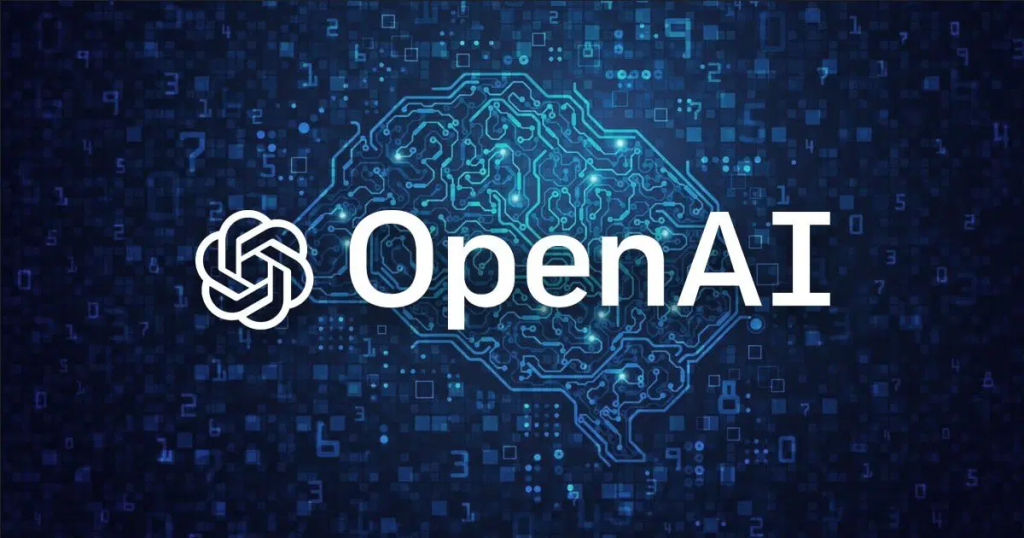On the ninth day of OpenAI’s holiday press blitz, the company announced that it is releasing the full version of its o1 reasoning model to select developers through the company’s API. Until Tuesday’s news, devs could only access the less-capable o1-preview model.
According to the company, the full o1 model will begin rolling out to folks in OpenAI’s “Tier 5” developer category. Those are users that have had an account for more than a month and who spend at least $1,000 with the company. The new service is especially pricey for users (on account of the added compute resources o1 requires), costing $15 for every (roughly) 750,000 words analyzed and $60 for every (roughly) 750,000 words generated by the model. That’s three to four times the cost of performing the same tasks with GPT-4o.
At those prices, OpenAI made sure to improve the full model’s capabilities over the preview iteration’s. The new o1 model is more customizable than its predecessor (its new “reasoning_effort” parameter dictates how long the AI ponders a given question) and offers function calling, developer messages, and image analysis, all of which were missing from the o1-preview.
The company also announced that it is incorporating its GPT-4o and 4o-mini models into its Realtime API, which is built for low-latency, vocal-AI applications (like Advanced Voice Mode). The API also now supports WebRTC, the industry’s open standard for developing vocal-AI applications in web browsers, so get ready for a whole bunch more websites trying to talk to you come 2025.
“Our WebRTC integration is designed to enable smooth and responsive interactions in real-world conditions, even with variable network quality,” OpenAI wrote in its announcement. “It handles audio encoding, streaming, noise suppression, and congestion control.”
OpenAI has so far, as part of the live-stream event, unveiled the full version of o1 (in addition to Tuesday’s announcement), released its Sora video generation model, debuted it new Projects feature, and provided multiple updates to its Canvas, Search and Advanced Voice Mode features.



